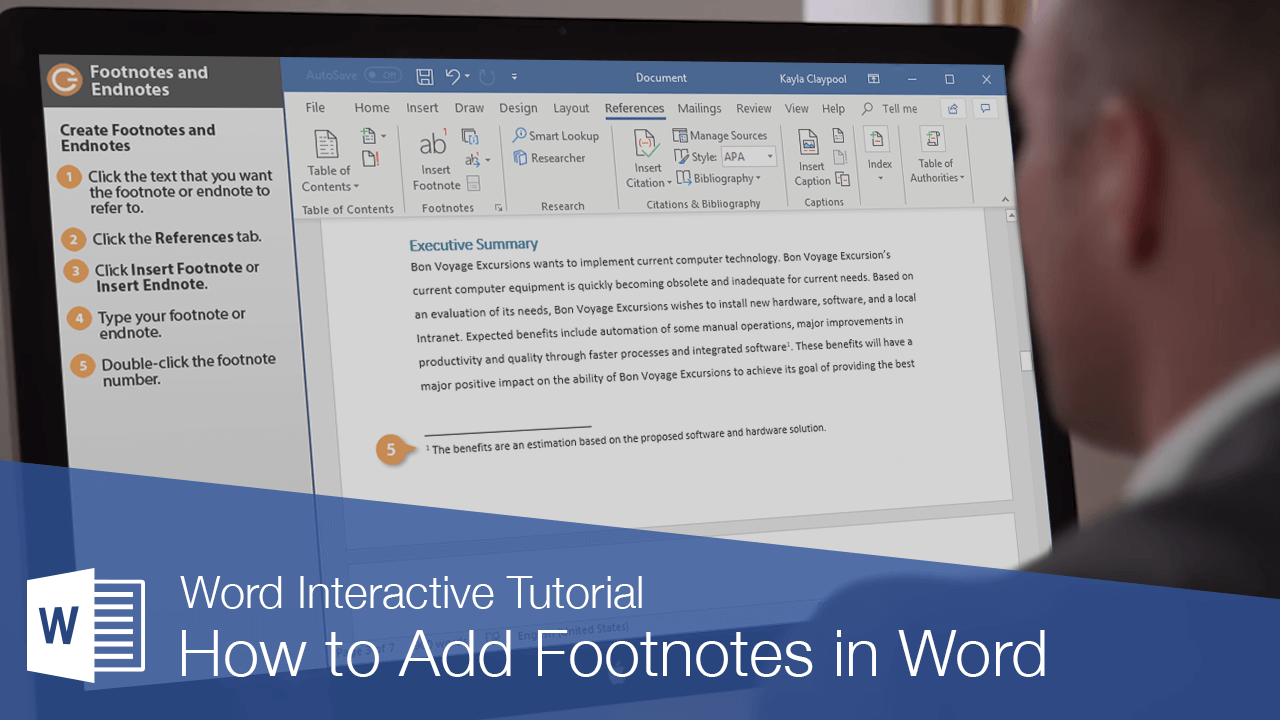
'The output applies sequential numbering, but that's easily addressed manually afterwards. 'Note numbering may be contiguous, incomplete or restart (e.g., at 1 in each section). 'If manual page breaks are contained within the notes range, the affected notes will 'notes, the end of the section otherwise extraneous text will be incorporated. 'The fixed notes should be located at the end of the document or, with multi-sectional 'You can redefine either default value at run time. 'The default note enumerator for each note at the end of the document is "Note #:" 'The default note reference ID enumerator in the text is a Arabic format number In large documents, with a large number of notes, it can be very time consuming and frustrating to continually shift back and forth between the text and end of the document.Īn abbreviated sample of typical text is shown below: Note: Lower case Roman numerals (e.g.,, and Note i, Note ii) can also be used to identify the reference note ID and enumerator.


Typically the revised document text will be flagged with numbered markers referencing the note (e.g.,, , etc.) and the fixed notes will be enumerated using a prefix (e.g., Note 1:,
#MICROSOFT WORD SET UP REFERENCE PAGE FOR FOOTNOTES PDF#
PDF format file, any dynamic references (i.e., footnotes/endnotes) are typically converted to fixed text reference identifiers, and the notes are place at the end of the document as fixed text reference notes. When technical articles, journals, or other documents are converted to plain text files for storage in a database file or.

This Microsoft Word Tips & Microsoft Word Help page will show you how you can convert fixed reference notes located at the end of a document into dynamic document footnotes (or endnotes).


 0 kommentar(er)
0 kommentar(er)
